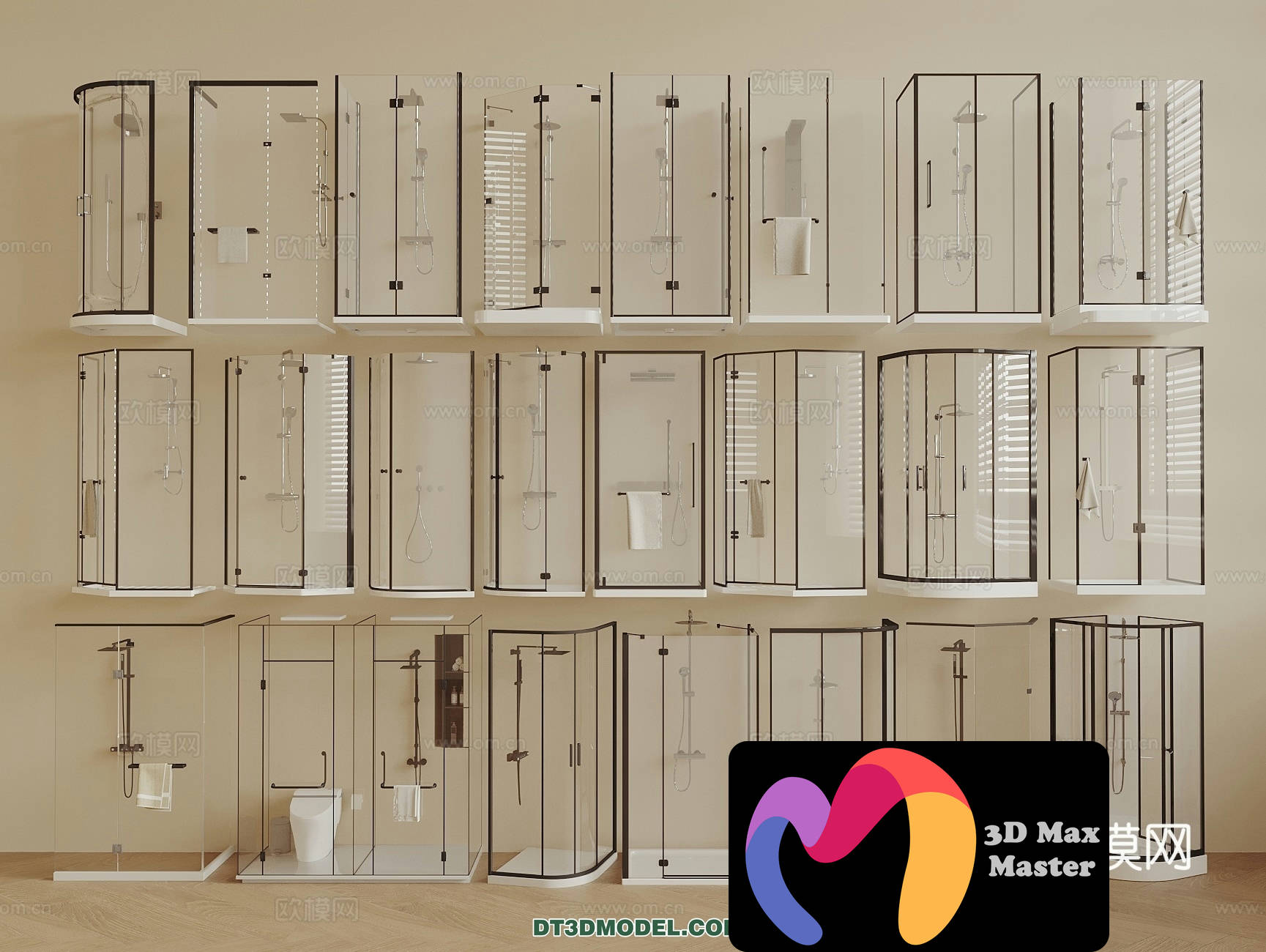Explore the Doors and Staircase 3D Model Collections
In architectural design, doors and staircases play vital roles in both aesthetics and functionality. Accurate and detailed 3D models of these elements help architects, designers, and builders visualize the structure comprehensively, ensuring smooth project execution and enhanced client communication. This article explores the value and variety of door and staircase 3D model collections, highlighting how these resources improve design workflows and project outcomes.
The Versatility of Door 3D Models
Doors are critical to the architectural identity and user experience of any building. They define entry points, contribute to security, and add stylistic details that help distinguish a structure’s character. 3D door models range from minimalist modern designs to intricate traditional styles, allowing designers to explore different materials, sizes, and configurations. These models facilitate accurate spatial planning and offer clients realistic previews. For an extensive selection, Learn more about door models that enhance architectural design.
Staircase 3D Models for Functional Elegance
Staircases connect different levels and define the flow within architectural spaces. They are both functional necessities and design statements, available in styles like spiral, floating, or grand traditional stairs. High-quality 3D staircase models capture fine details, enabling precise planning and visualization, which reduces mistakes during construction. Designers can experiment with various materials and layouts to optimize space usage and aesthetic appeal. Access a comprehensive collection of 3d staircase model resources for versatile design solutions.
Integration and Practical Benefits
Using door and staircase models together helps maintain cohesive spatial relationships within a building. Accurate models improve collaboration among designers, engineers, and clients by providing clear, shared visual references. This integrated approach minimizes costly revisions and expedites approval processes. Additionally, 3D models enable virtual walkthroughs, allowing stakeholders to experience the design immersively before construction.
Enhancing Workflow Efficiency with 3D Models
Employing ready-made 3D models accelerates architectural workflows by reducing the time spent on creating basic components. These models offer customization options that tailor to specific project needs. They improve visualization quality, enabling better decision-making and stakeholder engagement. Ultimately, these resources contribute to cost savings, risk reduction, and successful project delivery by catching design conflicts early.In conclusion, exploring the door and staircase 3D model collections available through Learn more and 3d staircase model links empowers architects and designers with detailed, versatile tools. These collections enhance creativity and accuracy, bridging the gap between conceptual ideas and built reality in architectural design.

